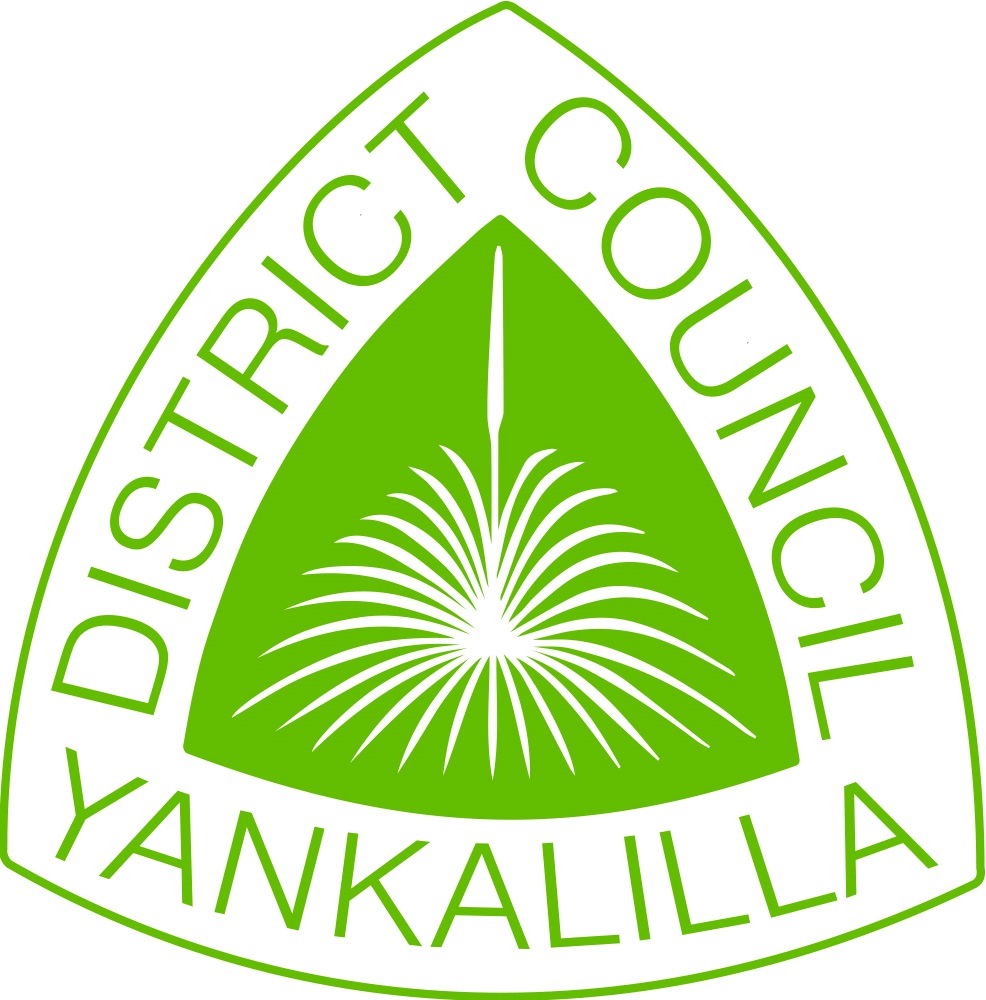Drinking Rainwater
Rainwater tanks, traditionally an icon of the Australian outback, are a common feature throughout the District as many communities do not have reticulated water supplies.
It is estimated that throughout Australia around 26% of all households have installed one or more rain water tanks on their property. This percentage in South Australia is 45%.
Is rainwater safe to drink?
Generally rainwater is safe to drink.
If the rainwater is clear, has little taste or smell and is from a well-maintained system, it is probably safe and unlikely to cause any illness for most users.
Disinfecting the water before consumption should be considered for those who are immuno-compromised such as cancer patients, people with diabetes, etc. as well as the very young or very old. This can be achieved by bringing the rainwater to the boil.
Micro organisms in rainwater
Enteric pathogens include types of bacteria, viruses and protozoa. These organisms do not grow or survive indefinitely in water environments and are introduced into drinking water supplies by contamination with faecal material, often by animals or birds. Except for the severely immunocompromised these organisms are not considered to represent a significant risk through normal uses of drinking water supplies.
Mosquitoes
Rainwater tanks can also represent a nuisance or a health risk by providing breeding sites for mosquitoes.
Managing the Risks
Most rainwater tanks are installed above ground and collect run-off from roofs via guttering. Likely sources of enteric pathogens include:
- faecal material (droppings) deposited by birds, lizards, mice, rats, possums and other animals
- dead animals and insects, either in gutters or in the tank itself
This can create a problem for any business that prepare and serve food and beverages. Such premises may include cafes, restaurants, delicatessens, hotels and hosted bed and breakfasts. The Safe Drinking Water Act requirements apply to all drinking water providers who supply water to members of the public in these circumstances.
How can water quality be protected?
The supply of good quality water depends on ensuring correct design and installation followed by sensible maintenance of the rainwater tank and catchment area. The collection of rainwater involves “low maintenance — not no maintenance”.
Rainwater Treatment
If you are concerned about the smell, colour or presence of organic material in your rainwater, we suggest the following options:
Boiling - Small quantities of water required for drinking purposes can be boiled vigorously for one minute to kill any harmful bacteria. To improve the taste of boiled water, pour it back and forth from one container to another, or let it stand for a few hours before consumption.
Chlorination - Water contaminated with harmful bacteria can be disinfected using chlorine. Routine chlorination is generally unnecessary & may increase corrosion in galvanised steel tanks. As a general rule the addition of liquid sodium hypochlorite (12.5% available chlorine) per 1000 litres of water or 7 grams of granular calcium hypochlorite (75% available chlorine) per 1000 litres of water will give a reasonable assurance of effective disinfection. Ideally water should not be used for 24 hours after chlorination.
If in any doubt empty (use the water on the garden), clean & refill the tank.
Rainwater Testing
Please note that it is recommended that if you have a general concern about the quality of your rainwater it is better to ensure proper maintenance of your rainwater tank & catchment than have your water tested.
Should you choose to proceed with water testing, the Australian Water Quality Centre (AWQC) offers two groups of tests - microbiological & chemical. Contact the AWQC on 1300 653 366 to organise having an application form sent out to your address.
Fact Sheet: Rainwater Tanks
